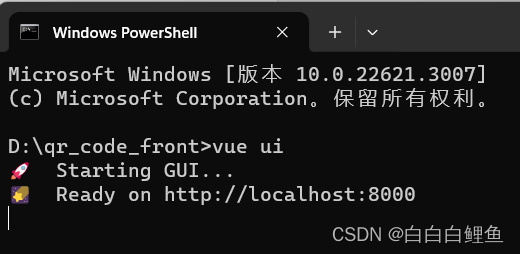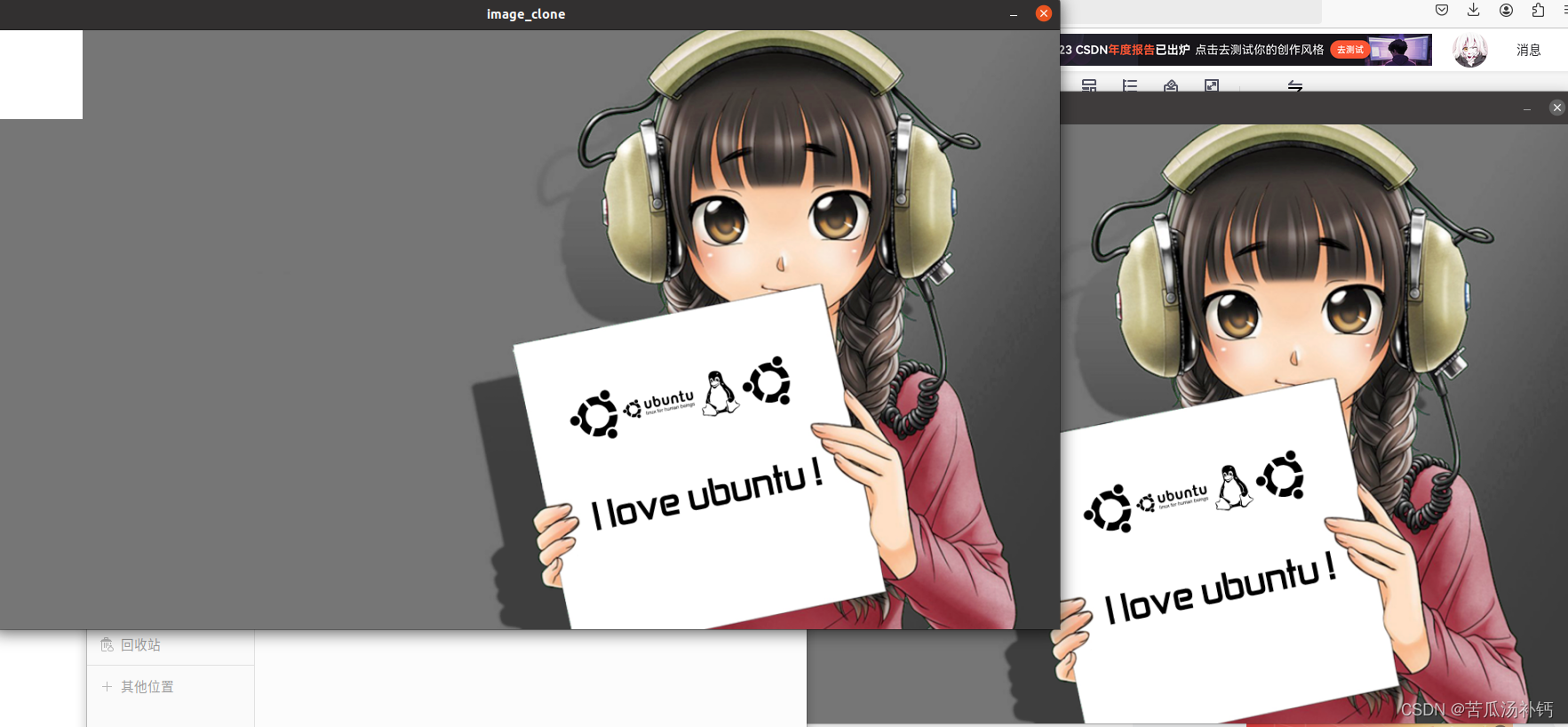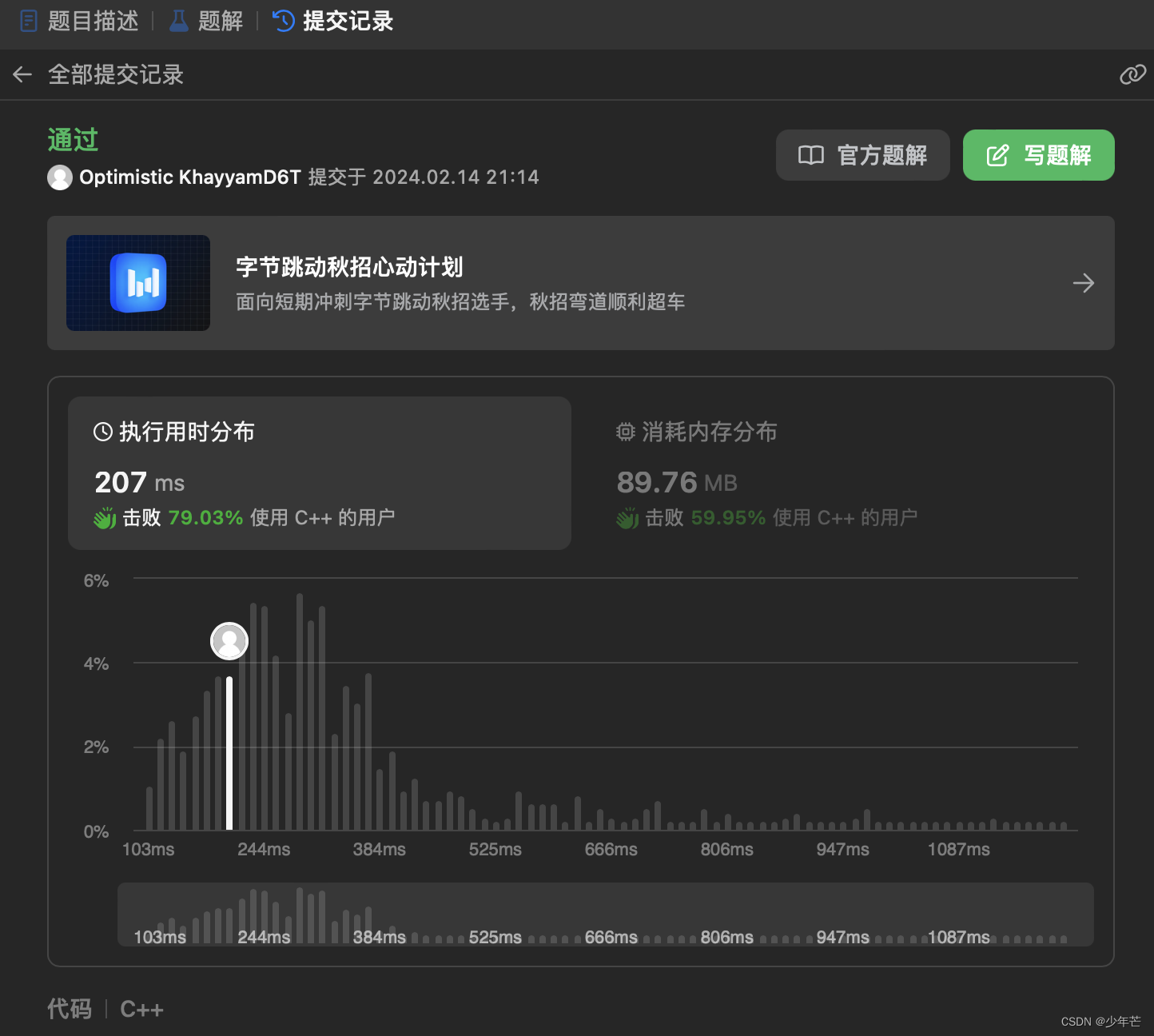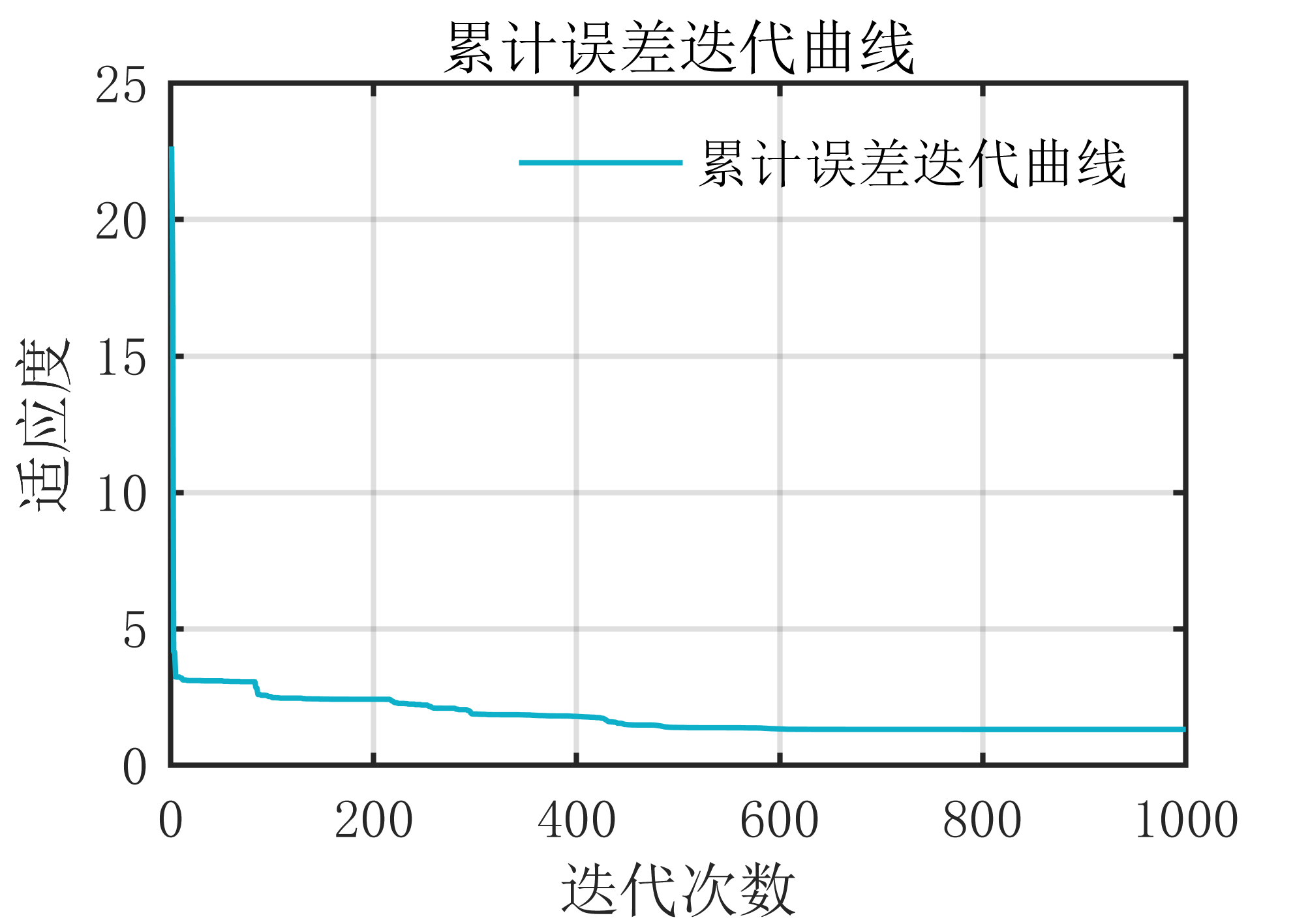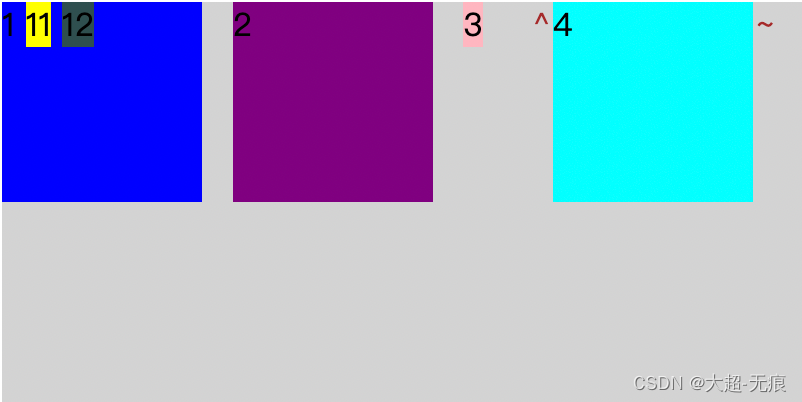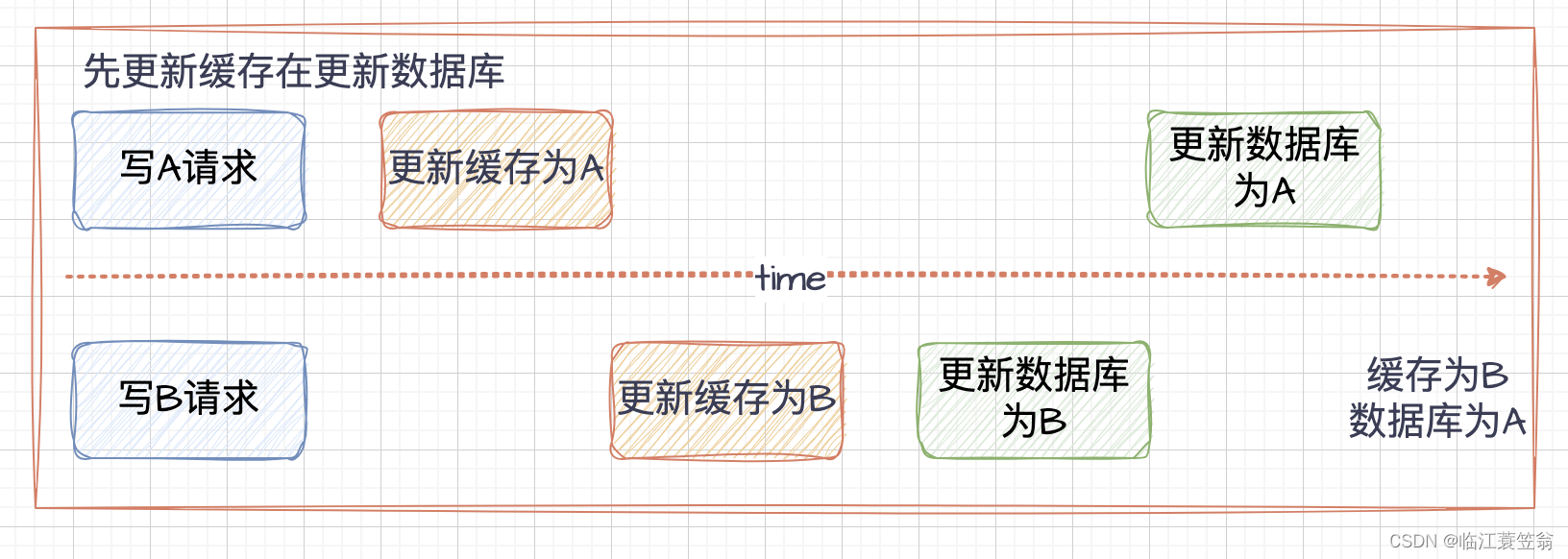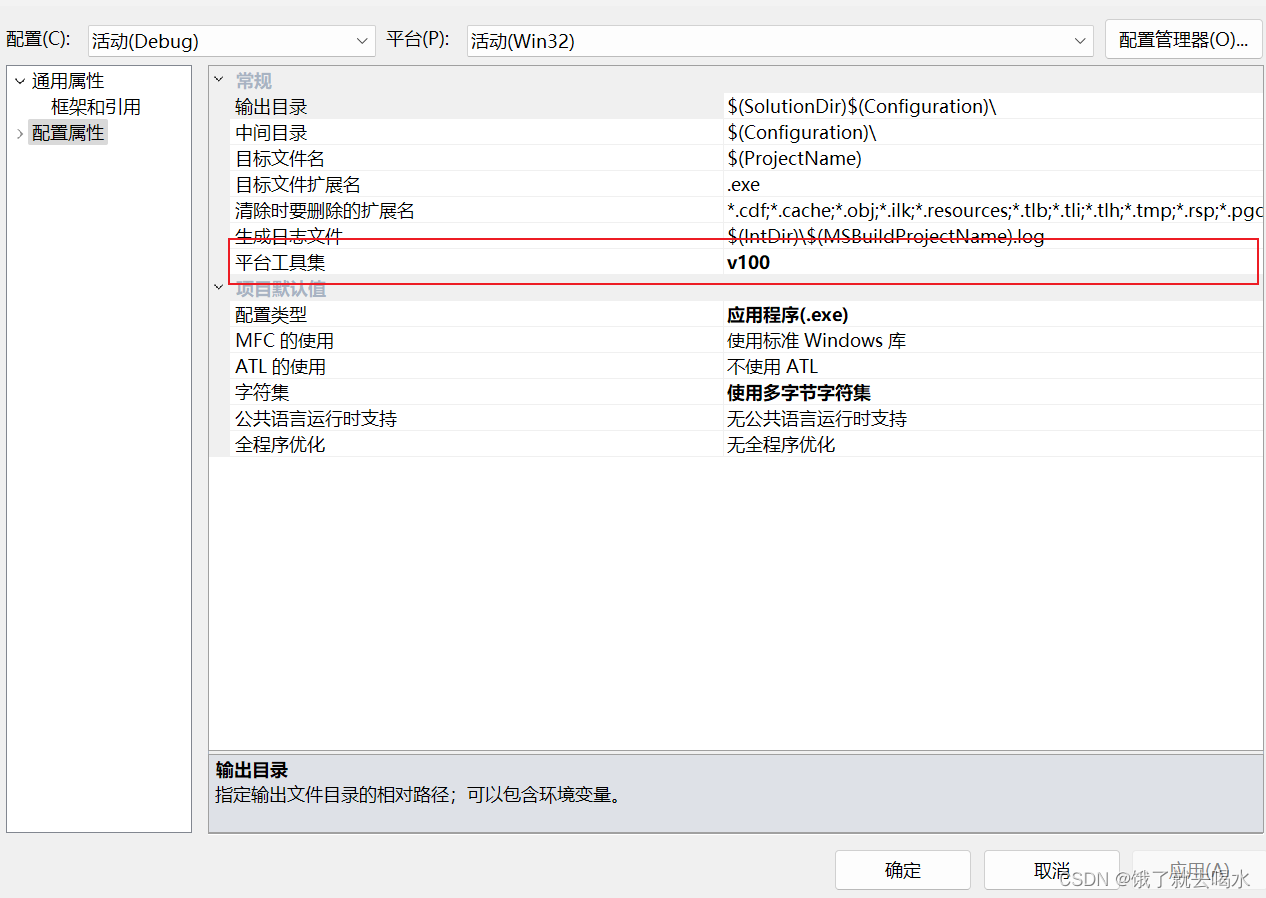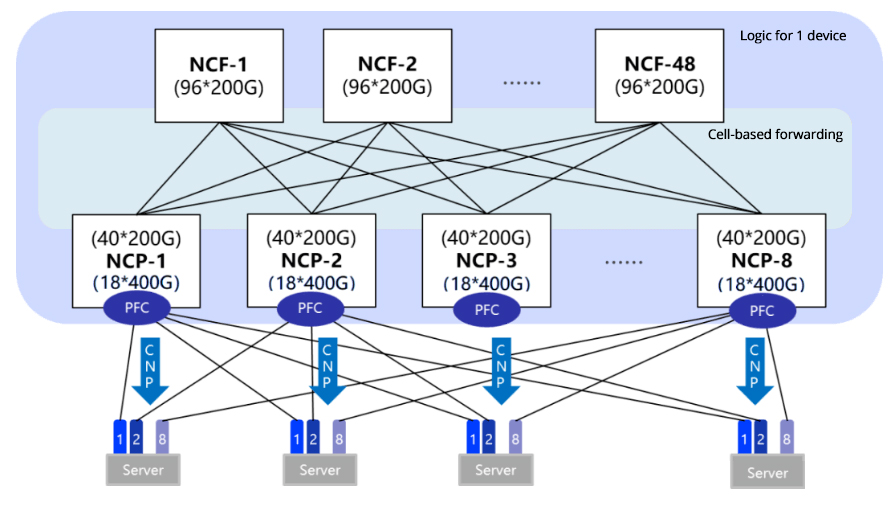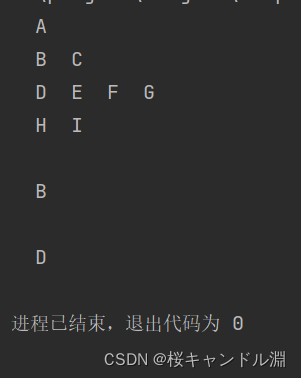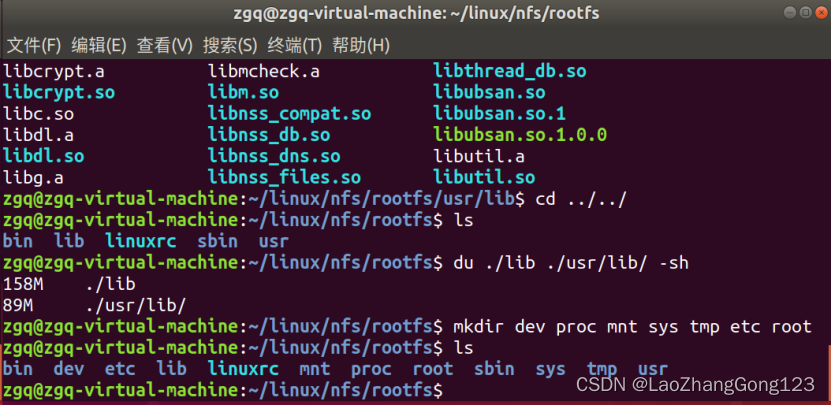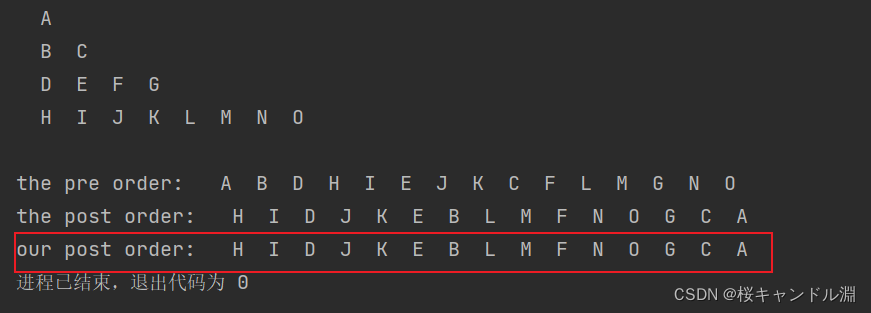原始:A → B
Security:A → S → B 太抽象了,看不懂啊T_T
抽象故事

故事大概:C是一个大区,拥有巨大的火力(C准备联合B吞并掉A),A得到了这个消息,派出间谍伪装成B区人,对C进行爆破,C开始怀疑B是假合作,但又不能明目张胆去破坏联盟又不能完全相信B,于是在BC大桥的C区进口建立海口进行对B区来的人进行防范
在理想状态下,我们是属于互不侵犯原则,但是呢,理想不是现实,总有人会因为某种原因进行攻击我们,在这种情况下,我们需要建立自己的海关进行防范,SpringSecurity就是一个目前具有实战经验的一种门
检查内容
第一层验证:我们要验证什么,进行对什么的验证,是只要进来的都要通过验证,还是部分需要验证
authorizeHttpRequests()
第二次验证:居民信息认证(用户登录认证)userDetailsService()

第三层验证:进入验证,fromLougin
第四层验证:离开验证,logout
第五层验证:是否为跳转人员,csrf
第六层构建:build
@Bean
public SecurityFilterChain filterChain(HttpSecurity http) throws Exception{
return http
.authorizeHttpRequests(authorizeChen ->{
authorizeChen.anyRequest().authenticated();
})
.formLogin(Login ->{
Login.loginProcessingUrl("/api/auth/login");
Login.successHandler(new AuthenticationSuccessHandler() {
// 成功登录响应的内容
@Override
public void onAuthenticationSuccess(HttpServletRequest request, HttpServletResponse response, Authentication authentication) throws IOException, ServletException {
response.setCharacterEncoding("gbk");
response.getWriter().write(JSONObject.toJSONString(jsonEntity.json("登录成功")));
}
});
// 登录失败响应内容
Login.failureHandler(new AuthenticationFailureHandler() {
@Override
public void onAuthenticationFailure(HttpServletRequest request, HttpServletResponse response, AuthenticationException exception) throws IOException, ServletException {
response.setCharacterEncoding("gbk");
response.getWriter().write(JSONObject.toJSONString(jsonEntity.failureJson(302,exception.getMessage())));
}
});
})
.logout(Logout ->{
Logout.logoutUrl("/api/auth/logout");
})
.userDetailsService(userservice)
.csrf(AbstractHttpConfigurer::disable)
.build();
}
